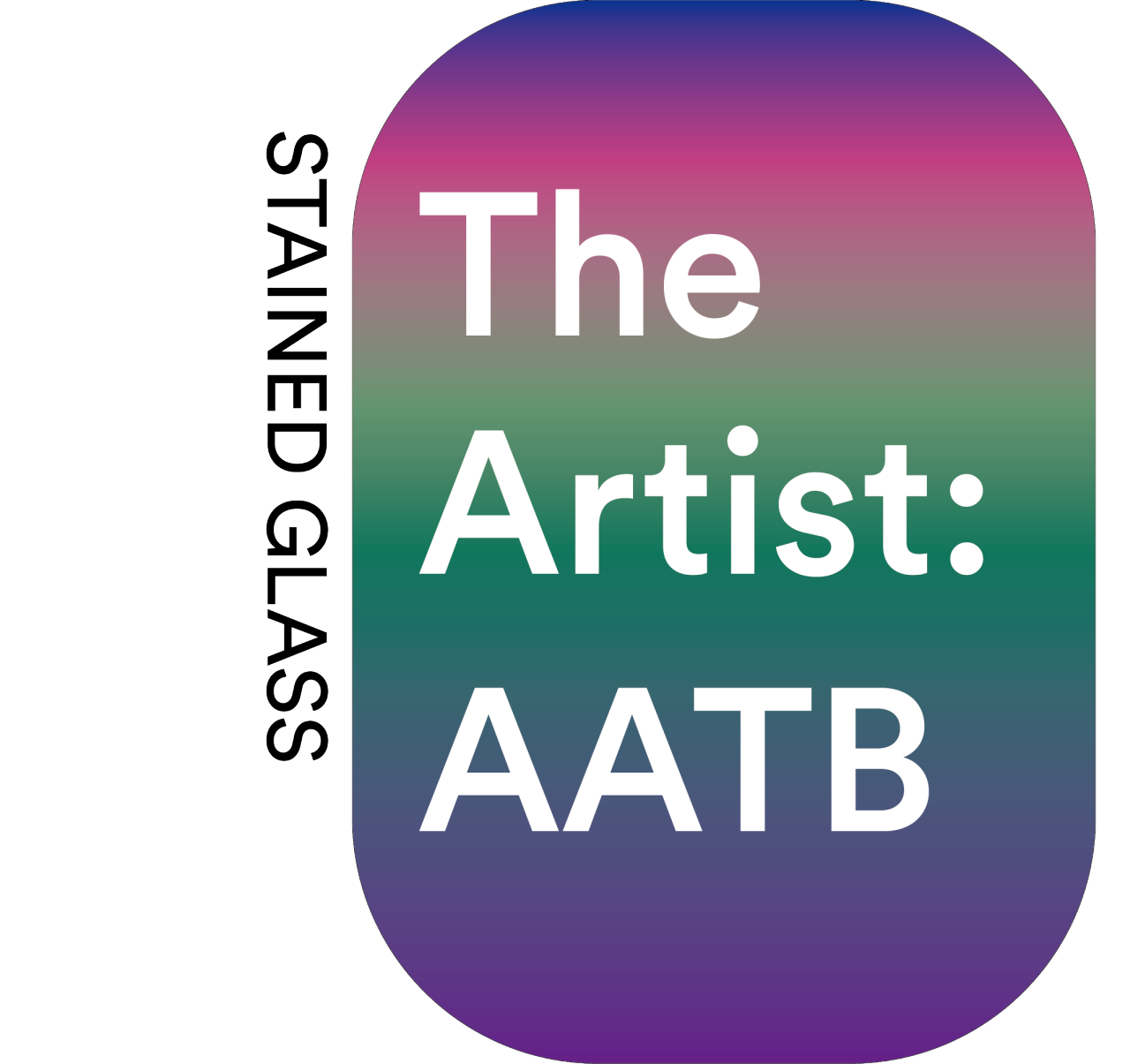

Andrea Anner and Thibault Brevet see their robots as “performers” and themselves as “choreographers”.

The Swiss Artist duo AATB was formed by Andrea Anner and Thibault Brevet in 2018. They use robotic arms and human-computer interaction technologies as their media for creation, and describe their work as "the practice of non-industrial robots". In the context of robots and automation technologies that are separated from the industrial field, AATB tries to explore their counterproductive settings and question the problems of emerging technologies in addition to the value of producting actual material: "What will robots do when they do not produce any product?"

2020
Zurich University of the Arts

2020
Zurich University of the Arts
Robots presented as the embodiment of precision, speed and efficiency, but in AATB’s installation ‘Big Player’, audience are invited to participate in rope skipping and keep the beat. AATB ‘appropriated' industrial technology to the field of daily life, trying to ‘program' the real world, and seeking the fun and playability of robots, and even weird behaviors: “robots are deliberately approached with failure, laziness and clumsiness in mind. In this way, we develop a more human-centric approach to robotics.”


2019
Installtion
Ars Electronica, Linz

2019
Installtion
Ars Electronica, Linz
Sunny Side Up, a robotic sun, proposes a contemporary take on the archaic typology of the sundial. This interactive object embodies the movement of the Sun in real time as the Earth orbits around it. From sunrise to high noon and sunset, Sunny Side Up brings the movement of this celestial body close to the viewer. The robotic sun orbits around a metal rod, casting a shadow and allowing the measurement of time, as well as the viewer’s reconnection with celestial events. During the Ars Electronica, this installation was presented in a bunker on the 5th floor underground in Linz.
In the Anthropocene age, Sunny Side Up raises questions about our current disconnect from the planet and circadian rhythms. In a world where productivity and work cycles ignore natural rhythms, can this artificial sun serve as a timely reminder of when to start and when to stop? This man-made sun interrogates the artificial construction of nature and the technological quest to harness it throughout time.

At the same time, AATB also making emotional effects into part of the installation, intervening in the field of experiencing the natural world through artificial paths, and introducing the virtual elements to the physical reality space. They create an experience environment where they input decisions, but output ‘abstract visual language.

2018
Installation
Istanbul Design Biennial, TR

2018
Installation
Istanbul Design Biennial, TR

2018
Installation
Istanbul Design Biennial, TR

2018
Installation
Istanbul Design Biennial, TR

2018
Installation
Istanbul Design Biennial, TR
For the 4th Istanbul Design Biennial, AATB is presenting EYESS, an installation that challenges definitions of time and space by inviting visitors to observe the International Space Station, ISS.
Every day, the ISS orbits the Earth in 92minutes, 16 times per day, at an altitude of about 400km. It is constantly inhabited by a crew of 3–6 astro/cosmonauts. When passing overhead at night, for a few minutes it becomes the brightest object visible in the sky.
EYESS is: A night time video installation atop of a building: two gigantic eyes gazing at Istanbul’s night sky, inviting citizens to look up. A clock following the ISS motion along the day. An online web experience, EYESS. SPACE, where visitors can collectively observe the whereabouts of the ISS. Who’s looking at who? The project proposes to rethink our notions of observer, distances, speed and proximity in light of this.
AATB also showed concern and discussion about the deprived freedom of users in the digital field.

2013
Interactive Chair

2013
Interactive Chair

2013
Interactive Chair
The DRM Chair is an interactive object purpose-built to showcase the danger of DRM to the public. Digital rights management (DRM) is a way to protect copyrights for digital media. This approach includes the use of technologies that limit the copying and use of copyrighted works and proprietary software. After sitting on it eight times, the chair collapses, preventing any further use.
The DRM Chair was a collaboration between Thibault Brevet (AATB) and Gianfranco Baechtold, Laurent Beirnaert, Pierre Bouvier, Raphaël Constantin, Lionel Dalmazzini, Edina Desboeufs, Arthur Desmet and Thomas Grogan.

AATB is the collaborative practice of Andrea Anner and Thibault Brevet, both graduates from ECAL. Having previously worked on interactive objects and installations, they encountered an industrial robotic arm three years ago. This crystallised an ongoing research around human/ machine interactions and led them to investigate the potential of robotics and industrial automation to exist outside the realm of factory floors.
Their practice involves a tight connection and understanding of manufacturing processes, ranging from software programming, electronics to mechanical engineering and precision machining. Reflecting on the dissemination and assimilation of robotics into mundane activities, their work critically explores novel situations arising from these shifts.
AATB has received many awards, including Swiss Federal Design Awards in 2002, Hublot Design Prize in 2018 and Design Museum’s Design of the Year in 2014. AATB’s artwork has been exhibited in V&A Museum, Milan Furniture Fair, Shenzhen Design Week, and Ars Electronic Festival.